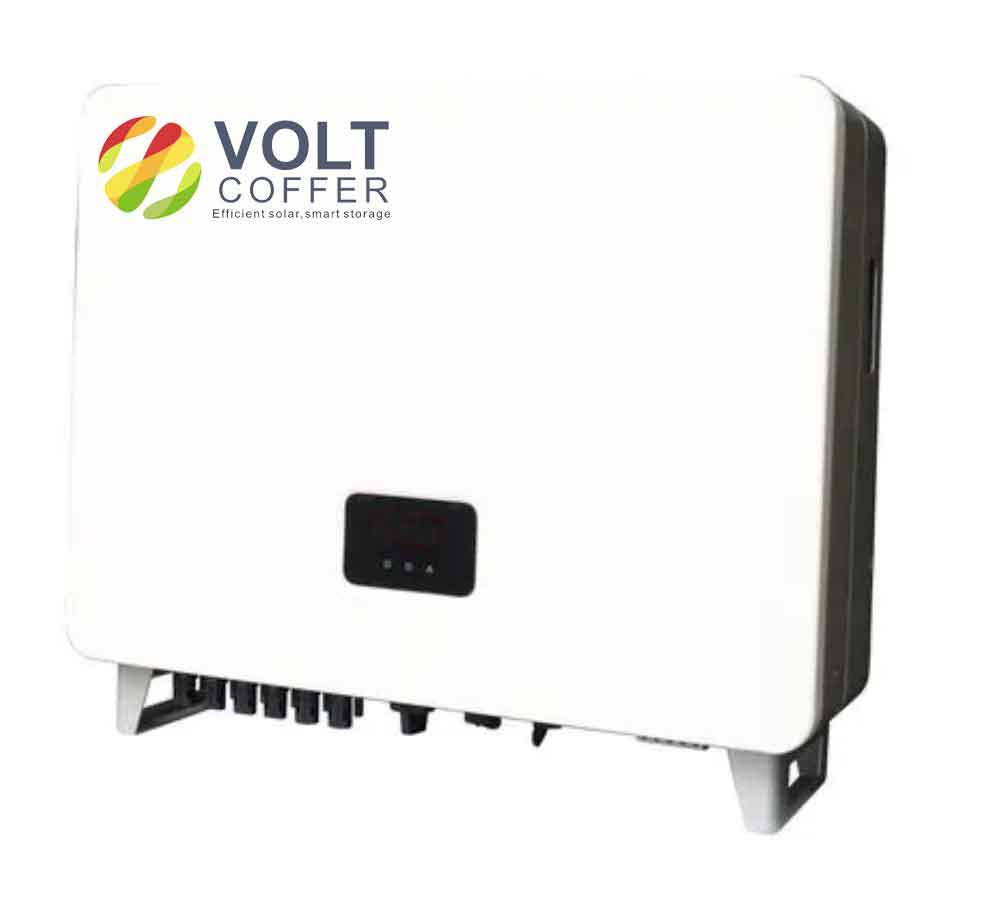Deploying islanding inverter in remote locations has demonstrated significant success, enhancing energy independence and resilience where traditional grid infrastructure is either limited or non-existent. These deployments often serve as crucial case studies in the broader application of renewable energy technologies. Here are some notable examples of successful deployments across various remote settings:

1. Rural Villages in Developing Countries
Case Example:
- Location: Rural areas in sub-Saharan Africa and South Asia.
- Implementation: Non-profit organizations and international development agencies have installed solar panels with islanding inverter in these regions. These systems provide reliable electricity for lighting, communication, and basic medical services, dramatically improving the quality of life.
- Impact: Increased access to electricity has led to improved educational opportunities, better health outcomes due to electrified medical facilities, and enhanced economic activities as businesses can operate beyond daylight hours.
2. Island Communities
Case Example:
- Location: Islands in the Pacific Ocean, such as those in the Philippines and Indonesia.
- Implementation: Many islands have transitioned from diesel generators to solar-powered systems with islanding inverter. These systems are often supplemented by battery storage to ensure continuous power availability.
- Impact: Reduction in fuel consumption, lowering of carbon emissions, and significant cost savings on energy. The local population benefits from more reliable and sustainable power, which is less susceptible to disruptions like fuel shortages.
3. Remote Industrial Operations
Case Example:
- Location: Remote mining operations in Australia and Canada.
- Implementation: Mining companies have integrated solar and wind resources with diesel generators using islanding inverter to create hybrid power systems.
- Impact: These systems reduce reliance on diesel, decreasing operational costs and environmental impact. They also ensure uninterrupted power supply for critical mining operations, which is essential for safety and efficiency.
4. Off-Grid Tourist Facilities
Case Example:
- Location: Eco-resorts and remote lodges in places like the Amazon Rainforest and African savannah.
- Implementation: Tourism operators use islanding inverter to manage power generated from solar panels and occasionally wind turbines, providing guests with clean, quiet energy without the constant noise of generators.
- Impact: Enhances the guest experience by maintaining the natural ambiance, supports sustainable tourism practices, and reduces operational costs.
5. Research Stations in Extreme Environments
Case Example:
- Location: Antarctic and Arctic research stations.
- Implementation: These stations utilize islanding inverter with solar and wind systems to withstand extreme weather conditions while providing reliable power.
- Impact: Reliable power is critical for the safety of personnel and the integrity of scientific data. The use of renewable resources reduces the logistical challenges and costs associated with transporting fuel to these remote areas.
Conclusion
Islanding inverter is pivotal in enabling sustainable and reliable energy solutions in remote locations around the world. Their ability to operate independently from the grid, coupled with their versatility in integrating various types of renewable energy sources, makes them ideal for enhancing energy access in isolated areas. These successful deployments not only prove the technical viability of islanding inverter but also highlight their potential to drive economic and social development by providing stable and sustainable energy solutions in remote settings.
